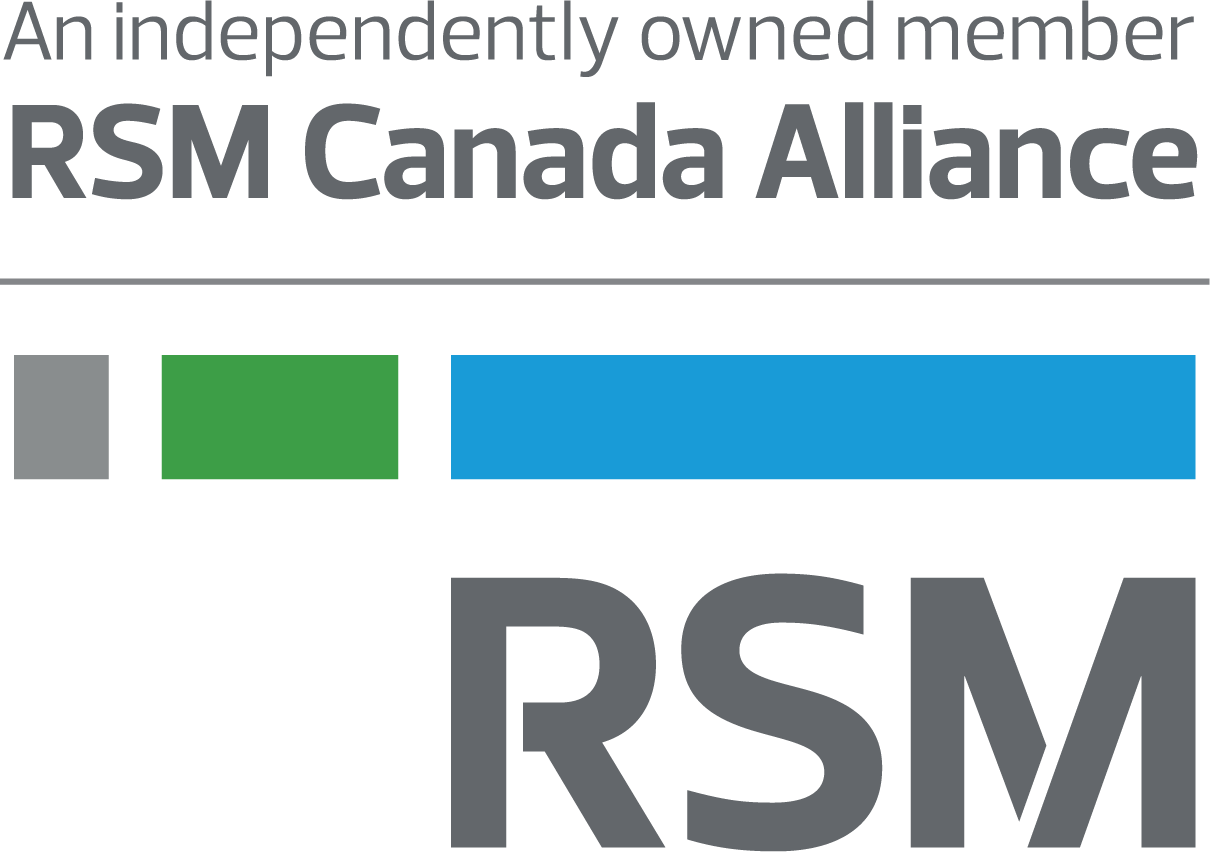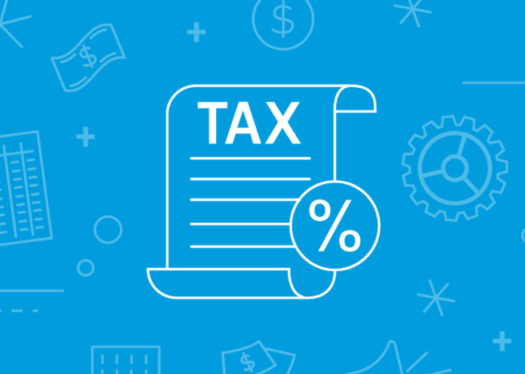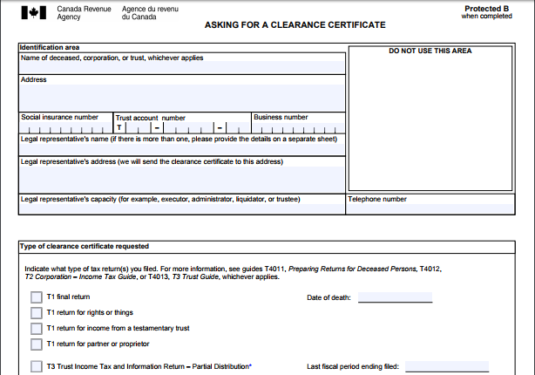On April 18th, 2021, the Minister of Finance announced measures that would allow businesses to immediately write off the full cost of capital assets purchased in a given tax year, starting with the 2021 tax year for Canadian Controlled Private Corporations (“CCPCs”).
The rules, while announced, had not been drafted into a notice of ways and means. The tax community anticipated that the law would be implemented as announced and tax software providers implemented the changes into their software for the 2021 tax returns. There is a general understanding with Canada Revenue Agency (CRA) that returns can be filed on the basis of proposed legislation. However, due to the lack of a notice of ways and means being tabled, and said legislation not being tabled in the house for a first reading, the CRA did not allow the immediate expensing to be utilized. This prompted some backpedalling in the tax community, and returns were henceforth filed without immediate expensing, and software providers removed the ability to apply the immediate expensing rules.
This changed on April 28, 2022, when proper legislation was tabled in the House of Commons, and Bill C-19, which included the immediate expensing measures, received its first reading in the House of Commons. Since then, taxpayers were able to file based on the tabled and proposed legislation and tax software providers have responded by adding the ability to make an immediate expensing claim on tax returns for 2021 and later years. Bill C-19 received royal assent on June 23rd, 2022. Now that taxpayers have the ability to use the immediate expensing rules announced back in April of 2021, it is worthwhile to revisit how they apply.
The rules provide that, for capital properties that became available for use after April 18th, 2021, for CCPCs, or for purchases of capital properties that became available for use after December 31, 2021, for individuals and partnerships, the full cost of the capital asset can be expensed if it is property of a prescribed class. However, capital cost allowance (“CCA”) classes 1 to 6, class 14.1, class 17, class 49, and class 51 are not eligible for immediate expensing. The class 1 exclusion is understandable as allowing buildings to be immediately expensed would add fuel to the hot real estate market, and buildings in general are long-lived assets that tend to appreciate in value. The exception for the other classes are due to their very low CCA rate as they are also long-lived assets.
The property must be previously unused by the eligible person, and the property must not have had CCA claimed in respect of it by any other person for a tax year prior to the year it was acquired by the eligible person (in general new property even if purchased from a related party). Or, if the property was previously used, it cannot have been obtained on a rollover basis (section 85) and cannot have been obtained from or previously used by a non-arm’s length person. These rules are intended to prevent abuse where existing properties are sold to members of a related group to try to get an immediate write-off, or where there is a sale and buyback from a third party to get an immediate write-off of an existing asset. The immediate expensing option ends for assets that became available for use after December 31, 2023, for CCPCs and after December 31, 2024, for individuals and partnerships.
The amount of capital property that can be immediately expensed is limited to $1.5M for any given tax year. A short tax year will see this limit prorated accordingly. If the taxpayer is a person or partnership that is associated with other eligible person(s) or partnership(s), the annual limit of $1.5M must be shared and allocated amongst the associated group. For the purposes of these rules, the concept of association is extended to include partnerships and individuals, as well as corporations. For example, a sole proprietor with their own business would be required to share the limit with a CCPC of which they are only a 30% shareholder, where a family member such as a parent or sibling controls the corporation, even if the sole proprietor is not active in the affairs of the corporation.
The ability to immediately expense a ‘luxury’ passenger vehicle has prompted some unique rules around immediate expensing designed to deal with the way such vehicles are handled for purposes of capital cost allowance (CCA). Passenger vehicles with a capital cost of $34,000 or higher are restricted in the amount of CCA that can be claimed and are referred to class 10.1 vehicles referring to the CCA class to which they belong. The addition to the undepreciated capital cost pool is limited to $34,000 plus HST. A unique aspect of the class 10.1 is that in the year of disposal, a ½ CCA claim is allowed, and any remaining undepreciated capital cost (“UCC”) is Nil and no further deduction is allowed. Class 10.1 does not have the recapture and terminal loss rules that apply to most other CCA classes.
Consider the Following Scenario
In year one a passenger vehicle costing $70,000 is purchased. The taxpayer disposes of the vehicle for $34,000 in year five. Using the special rules for class 10.1 assets, the following would result. A total CCA of $25,574 would have been claimed. The remaining UCC of $8,425 at the end of year five would be deemed to be nil at the end of year five. The net deduction to the taxpayer is $25,574.
If recapture applied to class 10.1 assets as it does to most other classes, the taxpayer would report proceeds of $34,000 (being the lesser of cost and proceeds) and the result would be full recapture in year five of $25,574, completely reversing all prior deductions for the automobile. This would be an unfair and illogical result, so as a compromise, the legislation does not provide for terminal losses or recapture on disposals of class 10.1 vehicles, but any remaining UCC is lost.
This can cause problems with the immediate expensing rules. Using an extreme example, assume a passenger vehicle costing $70,000 is purchased in year one but sold in year two for $50,000. Without adjustments to the immediate expensing rules, the taxpayer will be able to claim CCA of $34,000 in year one while only selling the vehicle for $20,000 less than the original purchase price. This result allows the taxpayer to expense $34,000 even though the actual economic cost was only $20,000. This scenario, while once considered unlikely, is more common in the post-COVID used vehicle marketplace, where used vehicles are sometimes selling for the same price or more than new vehicles due to extreme constraints on the supply chain.
In order to address this undesirable result, the rule that restricts any resulting recapture on a class 10.1 vehicle from coming into the taxpayer’s income is deemed not to apply where the automobile was designated as immediate expensing property in the year. Instead, the proceeds on the sale of the vehicle are deemed to be a prorated amount in the proportion that the deemed capital cost is of the purchase price adjusted for government assistance. So in our example $50,000 multiplied by $34,000 divided by $70,000. This will yield a result of $24,286 which would be the lesser of capital cost or proceeds. The recapture would work out to be $24,286. The result is a net CCA claim to the taxpayer of $9,714 which is a more fair and logical result.
Note that where the sale is to a related person, the proceeds are not prorated, and instead are deemed to be the actual proceeds received on the disposition. In most cases, the lesser of capital cost and proceeds will be the deemed capital cost, and full recapture will result. However, the related party will have a class 10.1 addition at $34,000. This result is unavoidable when selling to related persons and occurs even where the sale is conducted at fair value and using arm’s length terms.
It is important to remember, that while there has been much talk about immediate expensing in the tax community, the immediate expensing rules are not providing any actual tax savings over time. It is merely an acceleration of deductions that would have been claimed in the following years. Using the immediate expensing option will mean that deductions for CCA claims in the future will be reduced, resulting in more tax in the future. The benefit is a deferral of tax.
The opportunity for true savings might exist in the following scenario. There are new rules to adjust the upper end of the taxable capital grind to the Small Business Deduction (SBD) for CCPCs from $15 million to $50 million. Some CCPCs whose taxable capital is hovering around $15 million to $30 million may find themselves in a position where they are not able to claim the SBD in 2022 but may be able to claim the SBD in futures years once the changes to the SBD grind are effective. In this scenario, using the immediate expensing in 2022 will save tax at the general rate; while a reduced deduction in future years could mean higher taxable income in years where the SBD is available.
Similarly, the opportunity for a true tax cost is also possible. Tax rates might not remain the same. The government spent a lot of money providing assistance to Canadians during the COVID-19 pandemic. It is not hard to imagine that in an effort to balance the budget, the Minister of Finance could consider increasing corporate tax rates, which are currently at historical lows. If corporate tax rates were to go up in future years, using the immediate expensing option in an earlier year could be to the taxpayer’s long-term detriment.
After waiting for the immediate expensing legislation in Bill C-19 to receive royal assent, it is now in force and despite a long time span from when the measures were announced, taxpayers can now use the immediate expensing option for capital properties acquired over the next couple of years.
Should you wish to know more about the immediate expensing rules and how they may affect you or your business, please contact one of our tax professionals.










